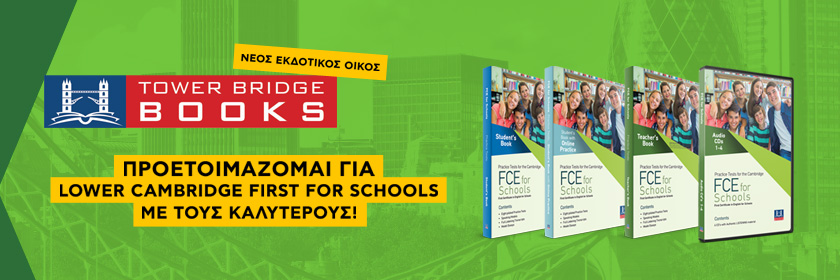Developmental relationships—such as with peers, family, and mentors—spur everything from higher grades to persistence in school. Networks drive access to opportunity for students. An estimated 50 per cent of all jobs come through personal relationships.
Evidence from the Search Institute shows that in the future, who a student knows can be as important as what a student knows. But nurturing new relationships does not always come easily or cheaply to schools. Bringing guests to the school environment poses logistical and safety barriers. Finding the right person to complement a lesson plan or offer students a burst of inspiration can take up time most teachers don’t have to spare.
A catalogue of more than 100 tools provide students access to new relationships that supplement teacher-student relationships in myriad, powerful ways. Leverage a digital tool to help students build their networks:
CommunityShare: CommunityShare is a free platform that allows teachers to find individuals, businesses, nonprofit organizations, and higher education institutions who are excited to share their skills, experiences, and passions. The “human library” platform illuminates career pathways for students and brings outside expertise to class projects. The platform helps teachers and students “go online to go offline,” says creator Josh Schachter. It aims to unlock new face-to-face interactions in communities and schools.
Teachers create a profile with their background and goals. Teachers then use the platform to connect with community members who commit to at least four hours of volunteer time.
Daisy Michel was a second-grade teacher at Hollinger K–8 School in search of an artist to actively and creatively engage her students in Arizona’s history and culture. After learning about CommunityShare, she created a profile and found a local artist, Kate Hodges, who volunteered for four weeks with Daisy’s students, connecting the students’ family histories to Arizona’s roots through ceramics, drawing, oral history, and music.
“I live right around the corner from Hollinger and was always curious about what kinds of kids and teachers worked behind those doors,” said Hodges. “Then they opened their doors to me!” The partnership continued for two years, and Hodges invited her friend Nacho Flores, a Tohono O’odham native artist, to share his language, stories, and artistic skills with students.
DreamWakers: DreamWakers is a nonprofit that uses free video chat technology to connect professionals to classrooms across the country. Working with 4th-through-12th-grade classrooms nationwide, DreamWakers exclusively serves schools in which at least 50 per cent of the student body is eligible for free or reduced lunch.
The premise of DreamWakers is simple: “If you can’t see it, you can’t be it,” said co-founder Monica Gray Logothetis. DreamWakers intentionally recruits speakers with whom their student audiences will be able to identify. “Many of our speakers grew up in under-resourced families and communities, are first-generation immigrants, or were the first in their families to complete college.”
Teachers use the tool to connect students with professionals they might otherwise never meet. Once a teacher signs up for DreamWakers, they can make requests for a range of needs from a subject-area expert or real-world role models for students. The DreamWakers team nominates a speaker or expert based on the educator’s request, but an educator can also request a specific resource via the platform.
One teacher, who teaches English at a middle school in which 98 per cent of the students are Latino, described her students’ reaction to meeting renowned Latina journalist Soledad O’Brien: “It’s incredibly powerful to bring professionals to the class that look like the students. I think the ability for my students to see people who look like them doing amazing things and being leaders in their communities helps [them] see the way forward.”
Nepris: A similar tool called Nepris, a free-to-try, national cloud-based platform, allows teachers to virtually invite industry professionals into the classroom to bring real-world relevance to curriculum topics, help evaluate student projects, and expose students to a wide array of career paths.
Nepris offers daily opportunities for students and classrooms to join live, virtual chats with professionals on a variety of topics. With one click, educators can sign up to participate in one of these chats along with other classrooms from across the country.
If the live chats are not convenient, the site hosts an online library of hundreds of industry videos. The platform’s career explorer function ties the Department of Labor’s O*NET database to its industry video library to provide students with an opportunity to research and compare careers, jobs, skills, and salary information. Educators can also create specific requests based on their unique curriculum, inviting professionals virtually into their classrooms for project mentoring and feedback.
Irving ISD district had trouble finding professionals to visit for career day. They began using Nepris, and now they virtually host professionals from myriad fields and around the world. Kara Noah, a digital learning coach in the district, schedules project mentoring requests for 60 to 80 students in groups of three to six. These students must find a primary resource for their research and construct a final product to present, and Nepris helps with both. One teacher uses the online platform to connect students with college recruitment offices to help answer their questions about college life, the application requirements, and what makes that college special.
Nepris can also serve as a tool to help students develop soft skills, like communication. During a session, a seventh-grade student was researching animal cruelty in zoos and circuses. Beyond gaining insight through a Nepris-connected zookeeper, the student also developed confidence in speaking to a virtual adult. “We had to work on her
voice projection and clarity,” Noah explained. “Now fast-forward a year. I was asked to share my Nepris story on a webinar and got this student to present with me... when it came time to speak, she was amazing! She looked straight into the camera, spoke loud and clear, and answered questions with confidence.”
By Julia Freeland Fisher








